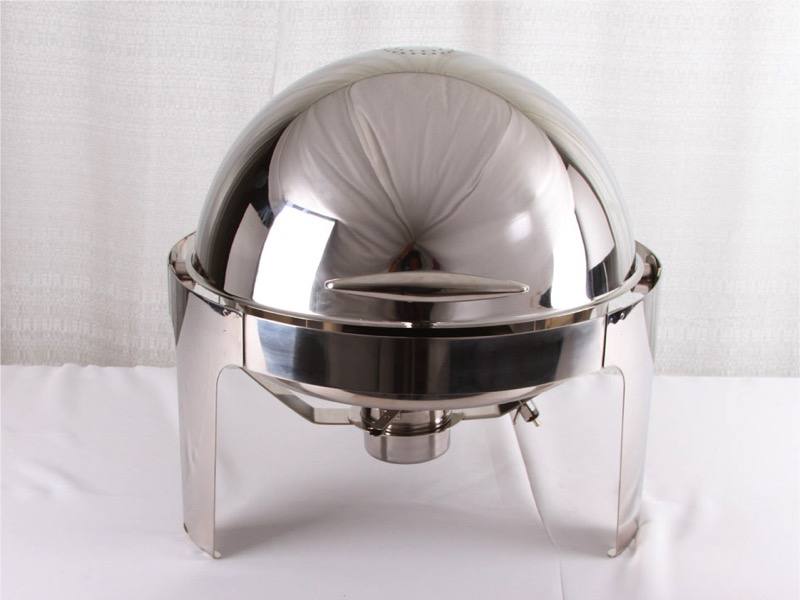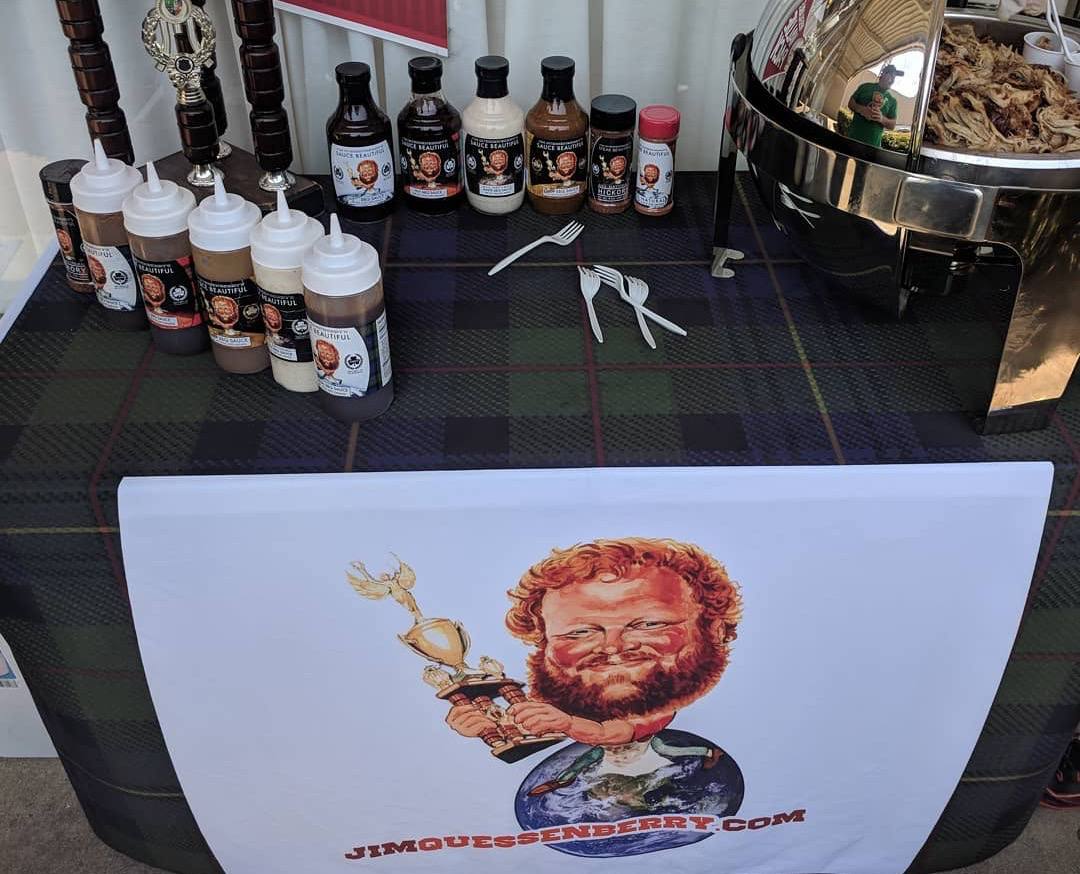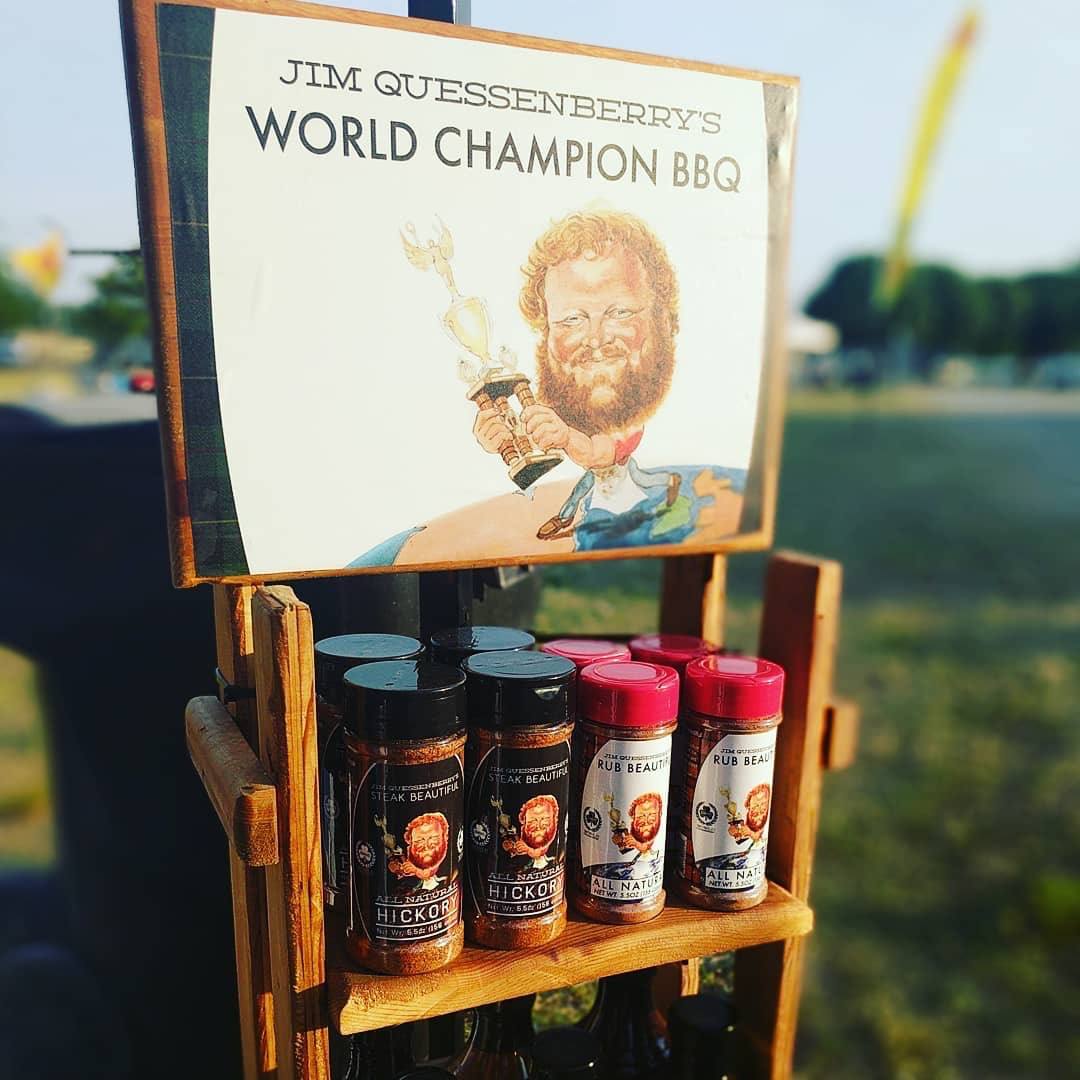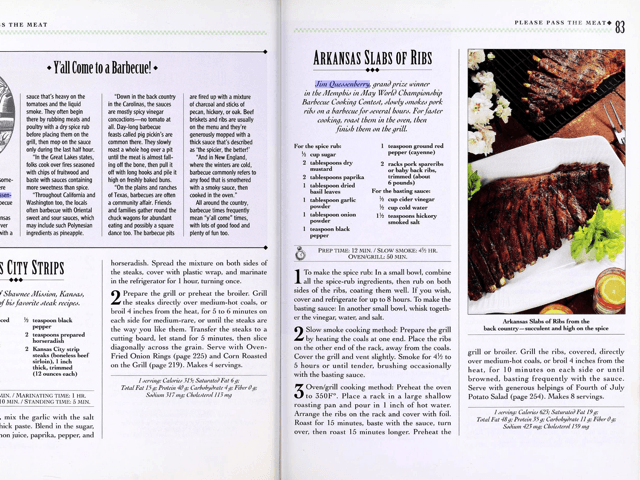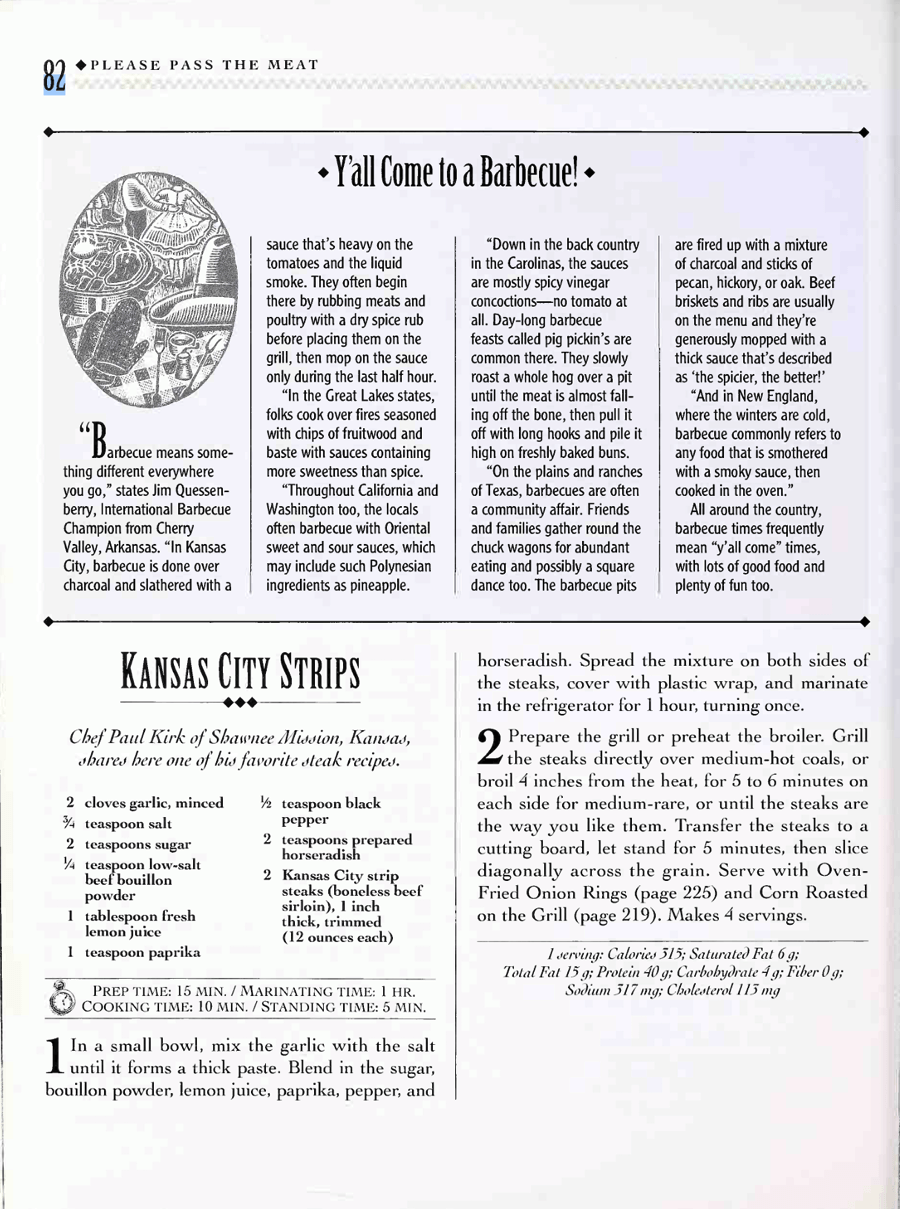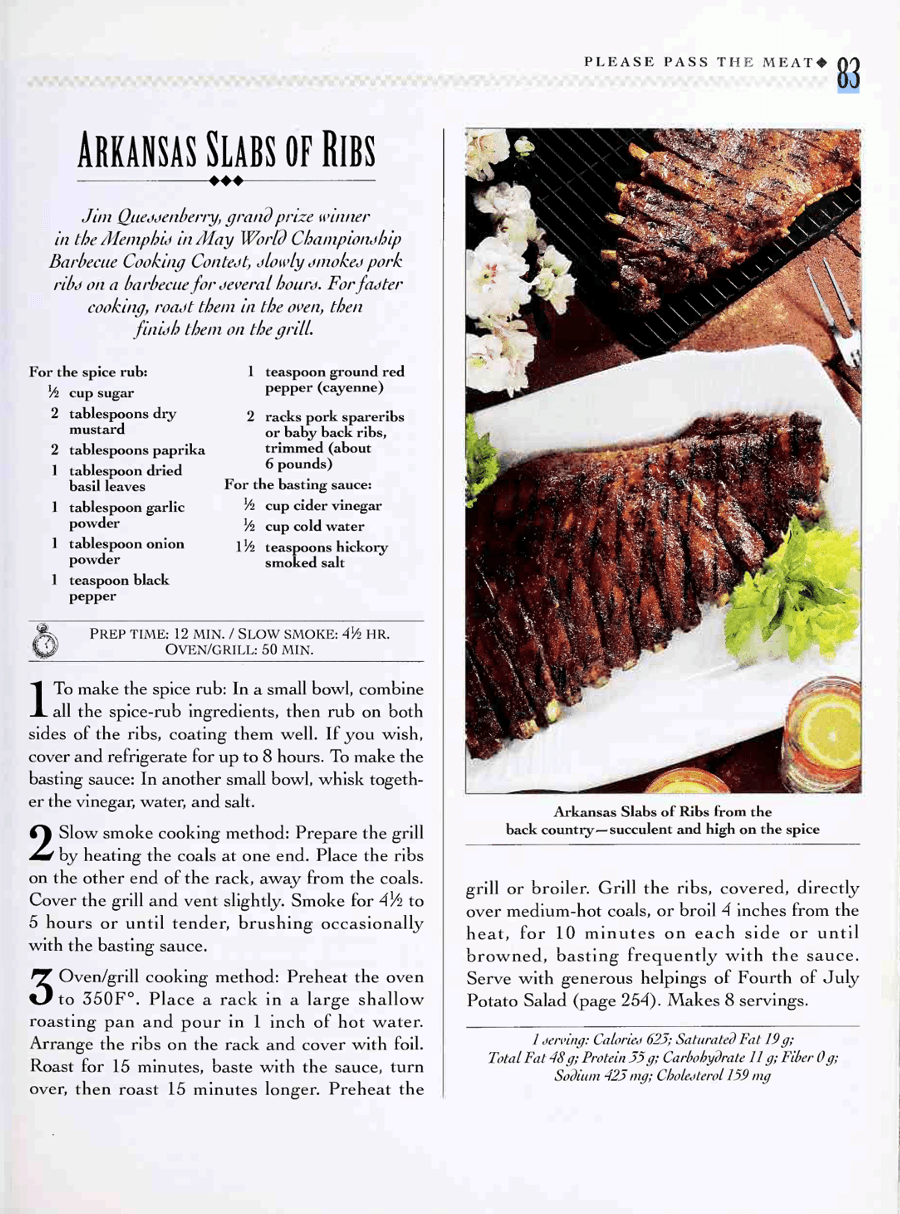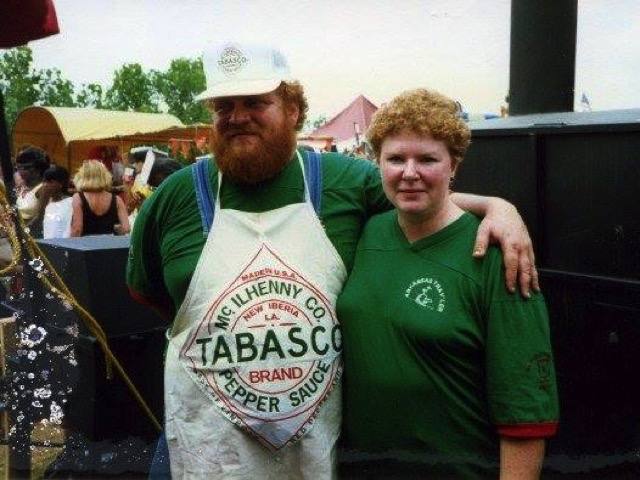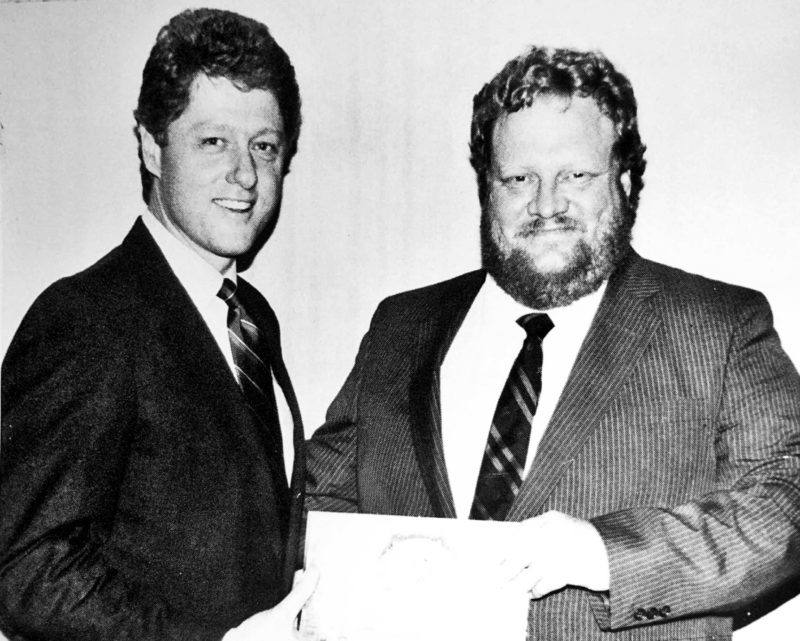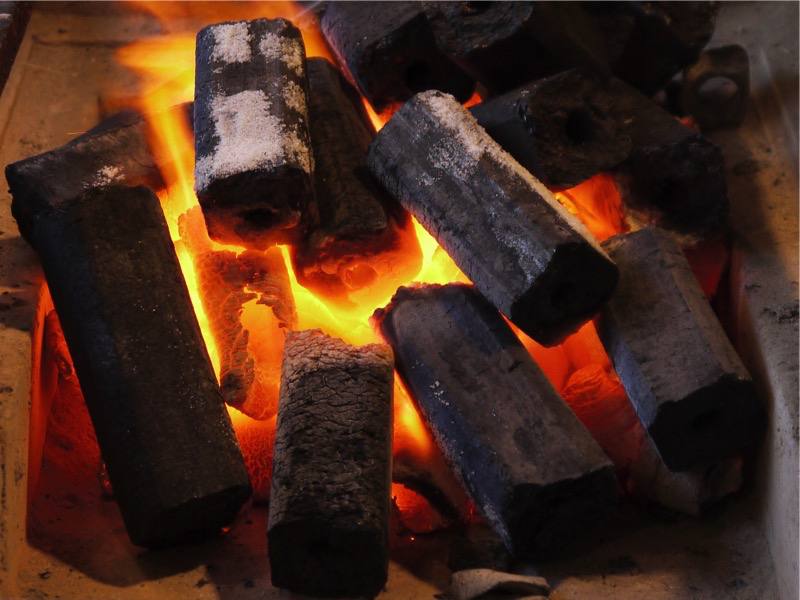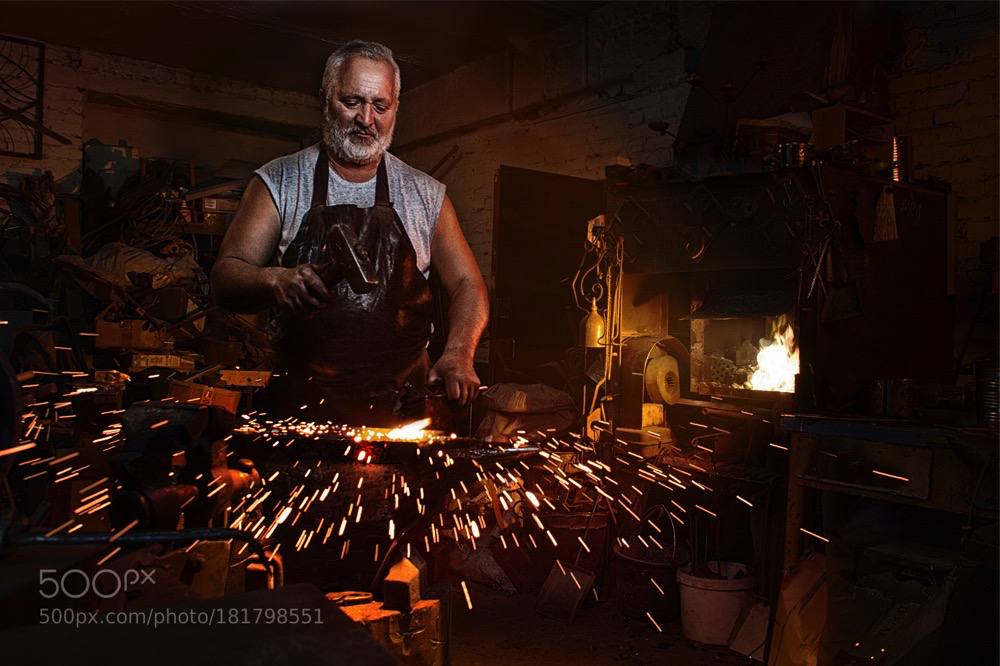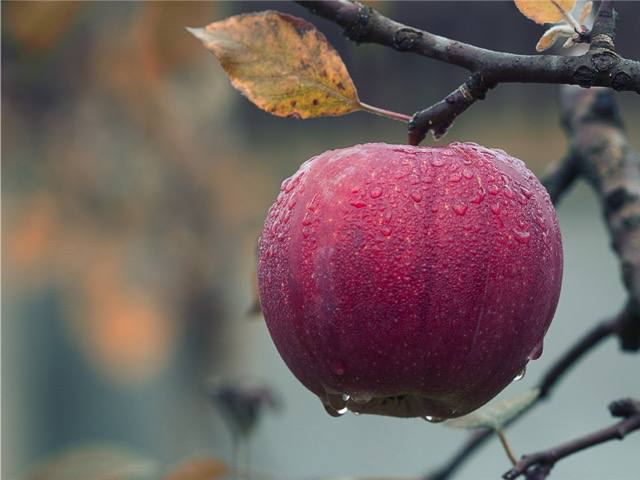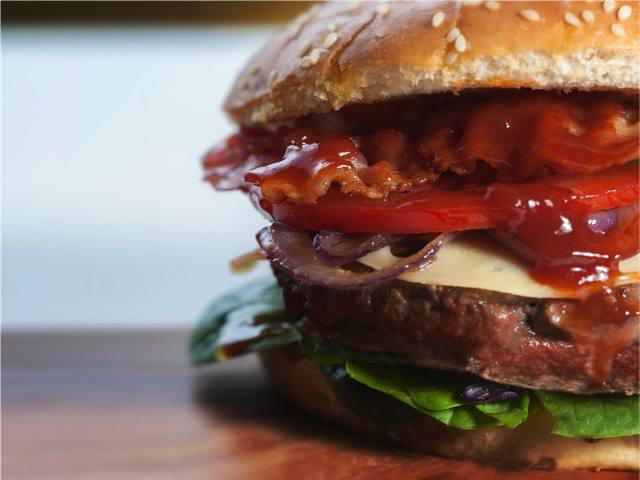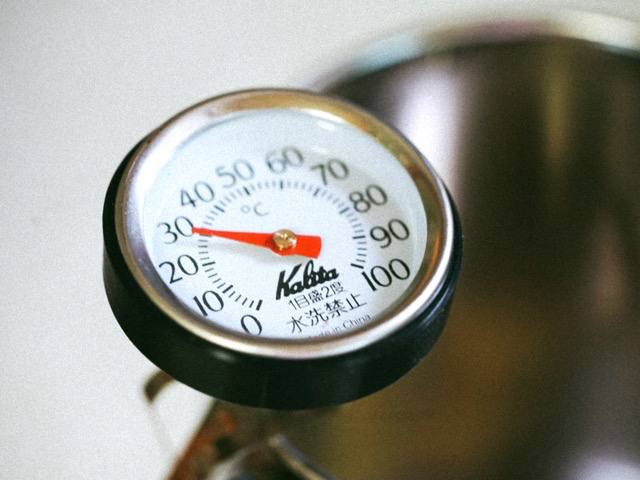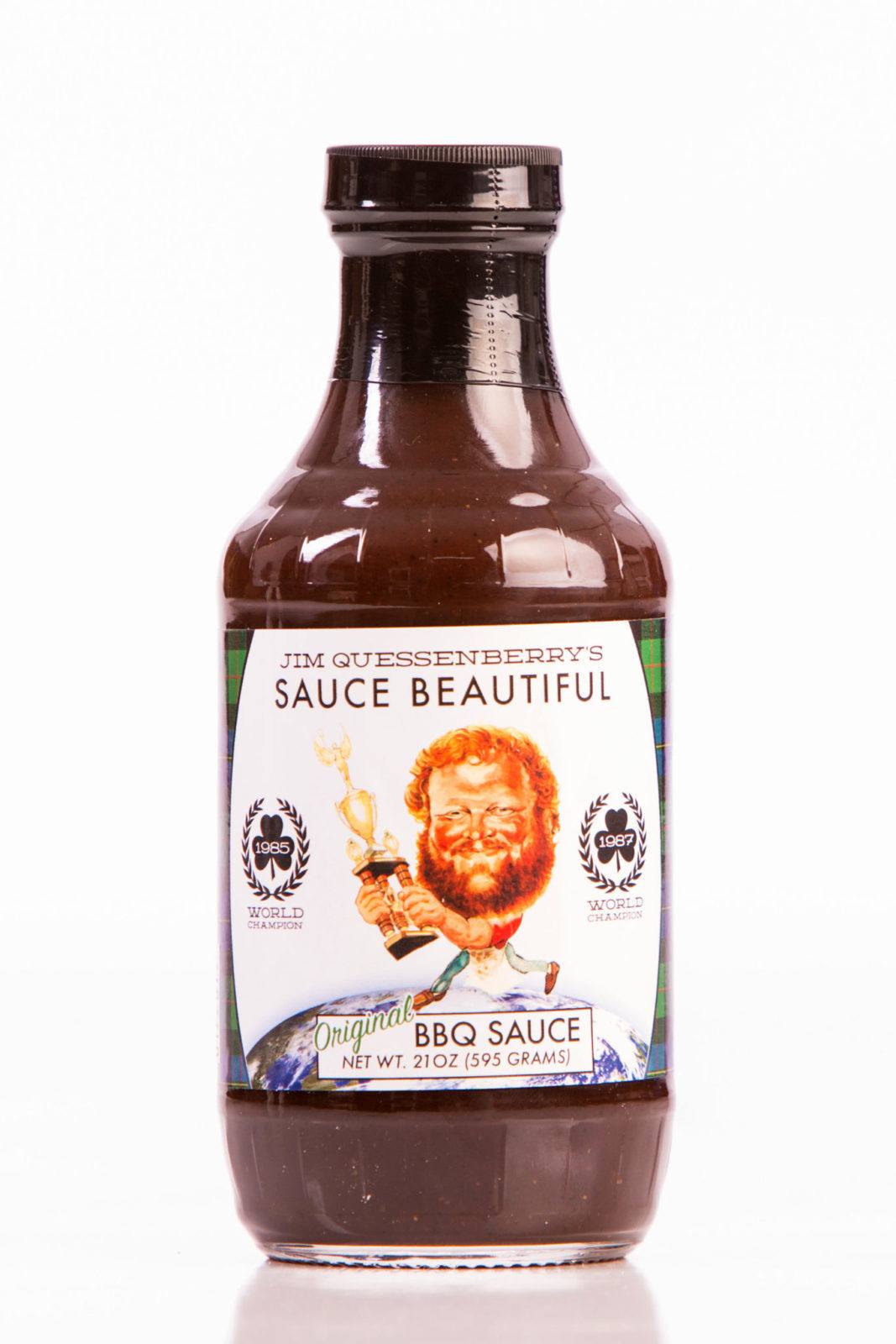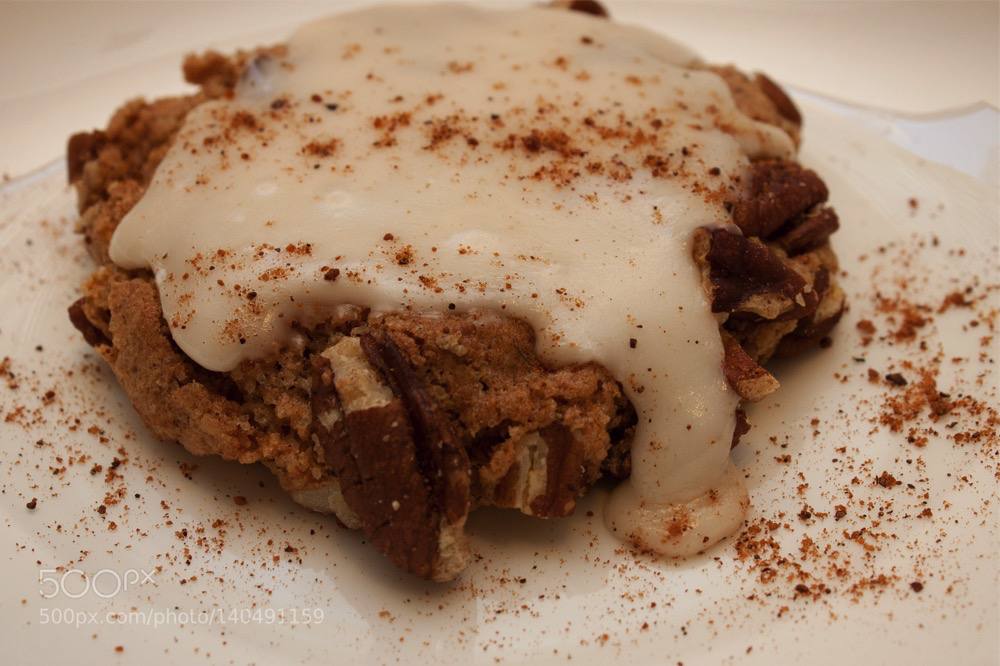Day 19: Remembering Our Loved Ones
Hello friends,
So much has been at play this month. We started out the month by launching our current giveaway (Free BBQ Sauce). We began blogging like crazy. (Check it out) We have been demoing at some stores and contests. Memphis in May International BBQ Contest was last weekend. (I got to see some familiar faces there in the BBQ world). All of these things have kept us super busy, but you guys have kept us motivated. We love BBQ and to see that you do too makes us very passionate!
We want to show our appreciation of your support, and do so in remembrance of our father who accomplished so much in the world of BBQ. Dad loved cooking in general, and he loved people. Click here to learn about who our father was.
Alongside our father, we also want to take this time to remember all the men and woman who have died for our rights in this country. We are here because of their ultimate sacrifices, and it is important to remember that, and not take everything for granted.
While you are cooking out on Memorial Day, enjoying some wonderful BBQ, or chowing down on some grilled burgers and hotdogs, remember what the day is about.
Thanks for your continued support!
Michael Quessenberry
Coupons:
‘JIMFTW20’ FOR 20% OFF OUR ORIGINAL RECIPE BBQ SAUCE
‘THEBRAVE’ FOR 10% OFF EVERYTHING IN THE STORE EXCEPT COMBOS


